Squeaky doors are a minor but common household annoyance, often overlooked until the persistent noise becomes too irritating to ignore. This article will provide homeowners with simple, effective ways to eliminate this issue, enhancing home maintenance and overall peace. Understanding the mechanics behind a squeaky door and the straightforward solutions available can transform a noisy home environment into a serene one. Whether you’re a seasoned DIY enthusiast or a novice, these tips will guide you through the process, ensuring your doors function silently and smoothly.
Contents
Identifying the Causes of Squeaky Doors
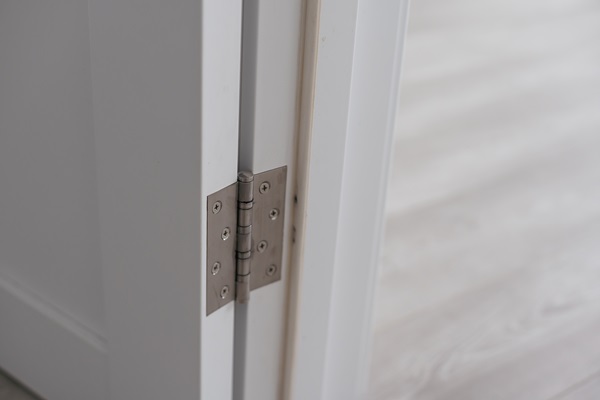
Squeaky doors often result from a lack of lubrication or environmental factors affecting the door’s components. Over time, the friction between hinge parts increases, leading to the characteristic squeaking sound. It’s essential to determine whether the noise originates from the hinges, the door frame, or the lock mechanism. Humidity and temperature changes can also cause wood to expand or contract, affecting the door’s fit and movement. Understanding these factors is the first step towards a lasting solution.
Pinpointing the exact source of the squeak is crucial for effective treatment. Start by observing the door as it opens and closes, listening for the location of the noise. If the sound comes from the hinge area, it’s likely a lubrication issue. However, if the noise is near the frame or lock, it might indicate misalignment or other mechanical problems. This distinction helps in choosing the right approach to fix the squeak and ensures that the solution is both appropriate and effective.
Basic Tools and Materials Needed
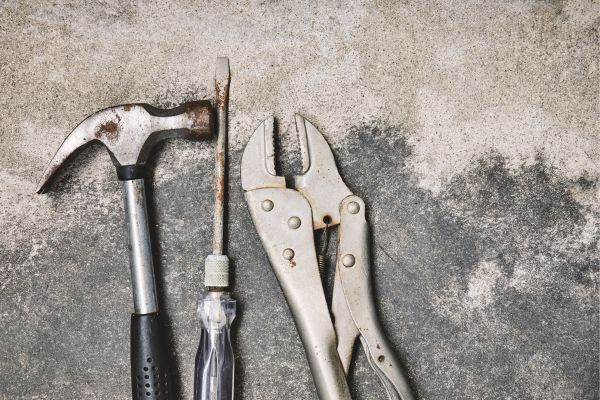
Before tackling a squeaky door, gathering the right tools and materials is essential. Basic items like a screwdriver, hammer, and adjustable wrench are often required. For lubrication, several options are available, each suitable for different types of doors and hinges. It’s important to have these tools on hand to make the repair process smoother and more efficient. Additionally, having a clean cloth and some mild cleaner can help in preparing the area before applying any lubricant.
Choosing the proper lubricant is crucial for long-term results. Options include WD-40, silicone sprays, or even household items like olive oil for a quick fix. Each lubricant type has its advantages and best-use scenarios. For example, silicone sprays are excellent for metal hinges, while petroleum-based lubricants might be better for heavier doors. It’s important to select a lubricant that won’t attract dust and dirt, as this can lead to further issues down the line.
Step-by-Step Guide to Tightening Hinges
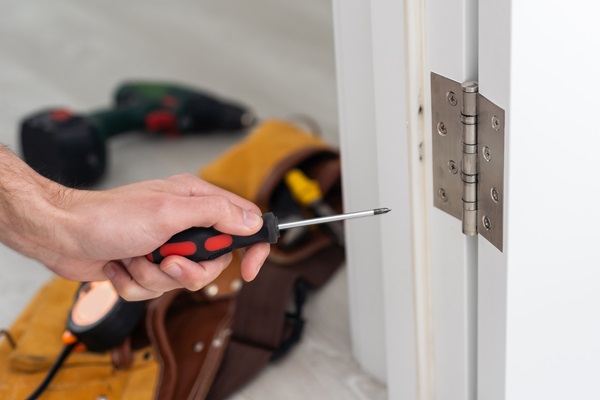
Loose hinges are a common culprit behind squeaky doors. To address this, start by tightening the screws on each hinge. Use a screwdriver that fits the screw head properly to avoid stripping the screws. If the screws don’t tighten securely, it may indicate worn-out screw holes. In such cases, remove the screw, fill the hole with a wooden matchstick or toothpick, and then reinsert and tighten the screw. This approach often provides the additional grip needed for a firm hold.
Ensuring the hinges are properly aligned is another key step. Misaligned hinges can cause uneven pressure and lead to squeaking. Check the alignment by examining the gaps around the door when it’s closed. They should be even across the top and sides. If the door appears to be hanging unevenly, loosen the hinges slightly, adjust the door to the correct alignment, and then retighten the screws. This adjustment can significantly reduce stress on the hinges and eliminate the squeak.
Lubricating the Hinges
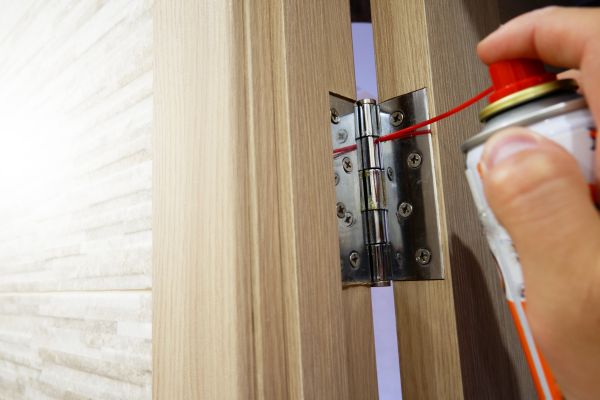
Once the hinges are tightened and aligned, the next step is lubrication. Start by gently cleaning the hinge area to remove any dirt or debris. Apply the lubricant directly to the hinge, focusing on the area between the hinge plates. If the door has a pin in the center of the hinge, remove it, apply lubricant, and then replace it. This ensures that the lubricant reaches the inner parts of the hinge, providing more effective and lasting results.
When applying lubricant, less is often more. Over-lubricating can attract dirt and cause a buildup that leads to more squeaks in the future. After applying, open and close the door several times to work the lubricant into the hinge mechanism. This action helps distribute the lubricant evenly, ensuring thorough coverage. Regular lubrication, done every six months to a year, can prevent squeaking from occurring in the first place and should be part of routine door maintenance.
Addressing Other Potential Issues
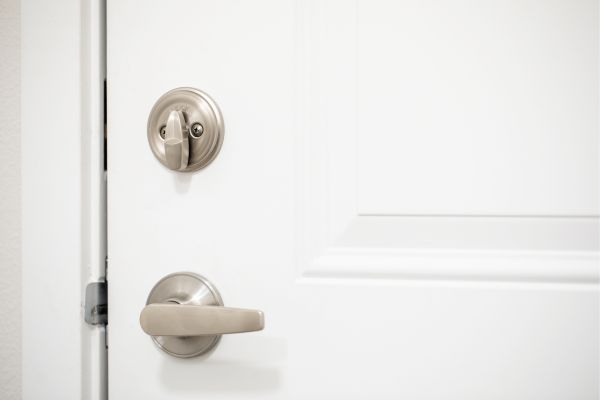
Sometimes, the problem with a squeaky door extends beyond just the hinges. The door frame and strike plate can contribute to noise, particularly if they are misaligned or loose. Regular inspection of these parts is essential, looking for signs of wear or misalignment. Adjusting the strike plate or the position of the frame, and tightening their screws, can make a significant difference. Additionally, ensuring there are no obstructions in the door’s path and checking for wear can help maintain smooth, quiet operation.
Wooden doors, especially in older homes, are prone to swelling due to changes in humidity, leading to increased friction and noise. If swelling appears to be the issue, identify areas where the door rubs against the frame. Gently sanding these tight spots can alleviate the problem. Applying a sealant to the wood can protect it from moisture and prevent future swelling. In severe cases, planing the door may be necessary, but this should be approached with caution to avoid permanent alterations to the door’s fit.
Preventive Maintenance Tips
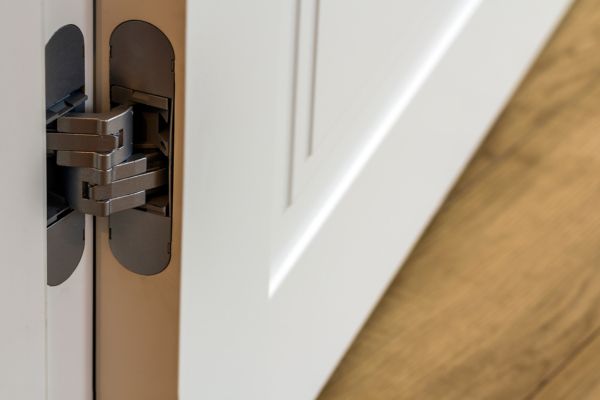
Establishing a regular maintenance routine for your doors is crucial in preventing squeaks. This routine should include inspecting hinges, lubricating them regularly, and making minor adjustments as needed. A proactive approach to door maintenance can prevent minor issues from escalating into major inconveniences. Additionally, keeping tools and lubricants readily available makes it easier to address problems as they arise, ensuring your doors remain in optimal condition.
Part of preventive maintenance is being aware of seasonal changes that can affect door components. Temperature and humidity fluctuations can cause materials to expand or contract, leading to issues such as misalignment or increased friction. By anticipating these changes and adjusting maintenance routines accordingly, you can prevent many common door problems, including squeaking.
When to Seek Professional Help
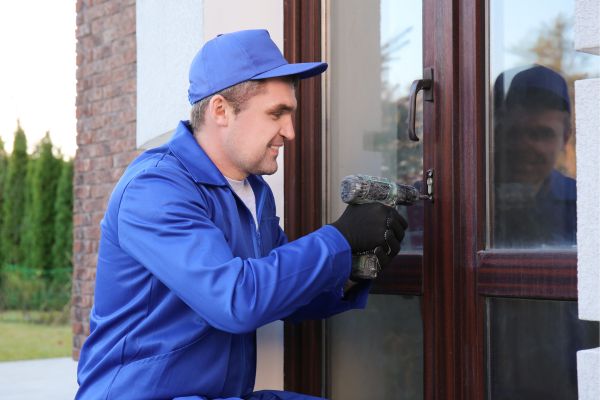
Understanding when a door issue is beyond a simple DIY fix is important. Complex problems, such as significant frame misalignment, extensive wood damage, or advanced wear in the mechanism, might require professional intervention. Recognizing these signs and seeking help can save time and prevent potential damage from incorrect repairs.
The benefits of professional assistance cannot be overstated. Experienced professionals can diagnose and fix issues more efficiently and often offer solutions that are more durable than quick DIY fixes. Additionally, they can provide valuable advice on maintaining your doors, helping you avoid similar issues in the future. When in doubt, consulting with a professional is a wise decision for maintaining the integrity and longevity of your doors.
Say Goodbye To Door Squeaks
Addressing squeaky doors is a simple yet crucial aspect of home maintenance. This guide has covered various methods, from identifying the cause of the squeak to regular maintenance and knowing when to seek professional help. Implementing these solutions not only enhances the functionality and longevity of your doors but also contributes to a more peaceful home environment. Remember, promptly addressing minor issues can prevent them from becoming bigger problems, ensuring your doors remain silent and functional for years to come.


